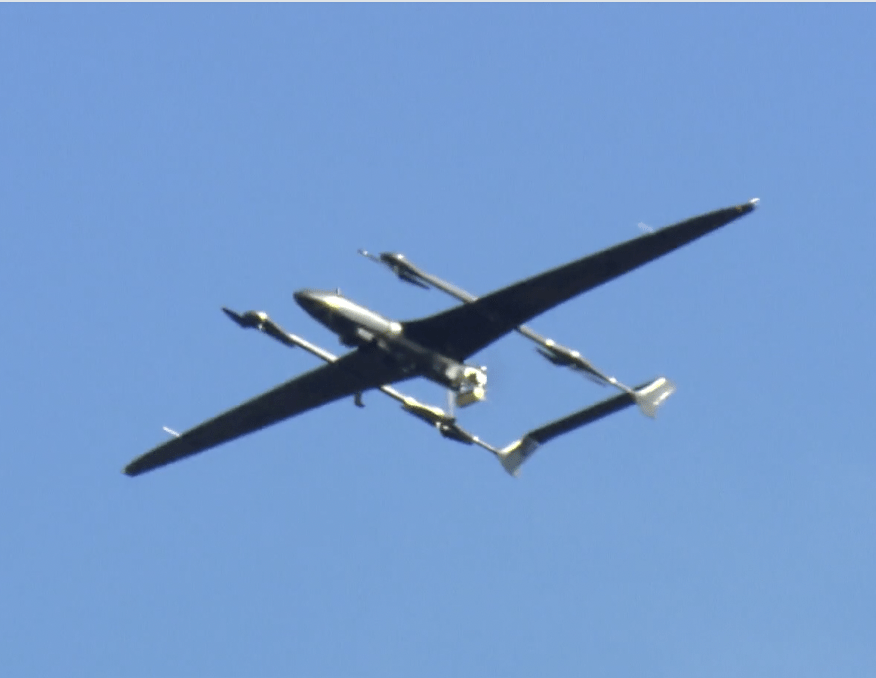Transgrid has launched a new trial using advanced drone technology to inspect its high-voltage transmission network across New South Wales (NSW) and the Australian Capital Territory (ACT). This initiative aims to improve the company’s bushfire preparation efforts, ensuring safety for local communities and reducing environmental impacts.


Bushfire Preparation with Drone Technology
Executive General Manager of Delivery, Jennifer Hughes, emphasized the importance of bushfire safety for Transgrid. “We take preparation for bushfire season very seriously, and the safety of our people, landowners, and communities is our first priority,” she said.
Transgrid is testing drones equipped with LiDAR (Light Detection and Ranging) technology to detect vegetation growing near transmission lines. Hughes explained, “We are trialling the use of cutting-edge drone technology to conduct 3D-laser surveys of our network using LiDAR technology to detect vegetation growing in the vicinity of the transmission easement and enable us to undertake timely vegetation management.” This proactive approach helps the company maintain safety and reliability while driving efficiencies.
As part of its annual bushfire prevention efforts, Transgrid traditionally uses helicopters or light planes to carry out LiDAR surveys. These surveys cover over 13,000 kilometers of network, approximately the same distance as traveling from Sydney to Perth four times.
Partnering with Drone Technology Specialists
For this trial, Transgrid has partnered with Sydney-based drone manufacturer Carbonix. The trial involves Carbonix’s long-range, hybrid-powered uncrewed aerial vehicles (UAVs). These drones are approved by the Civil Aviation Safety Authority (CASA) and operated by licensed pilots. Carbonix’s fixed-wing drone, the Ottano, can fly up to 500 kilometers in a single mission, allowing it to efficiently survey transmission lines.
The trial took place in the Megalong Valley in the Blue Mountains, where the drone captured high-quality images and data at speeds of approximately 90 kilometers per hour, flying below 400 feet. This method offers a safer and more cost-effective alternative to traditional crewed aircraft.
Hughes highlighted the potential benefits of using drones over conventional aircraft, noting, “Compared to conventional crewed aircraft, drones would provide significant operational and environmental benefits, reducing costs and carbon footprint while improving safety and efficiency.”
Reducing Environmental Impact
The potential environmental advantages are also significant. “In fact, drones could reduce the need to conduct 185 hours of LiDAR inspections using a crewed aircraft, resulting in a reduction of more than 12 tonnes of CO2 emissions,” Hughes stated. The reduced carbon emissions align with Transgrid’s commitment to sustainability.
Drones are easier to deploy than helicopters, which could lead to faster inspection cycles and earlier identification of bushfire risks. They also offer lower noise levels, minimizing disruption to landowners, livestock, and wildlife.
Looking Toward the Future
Carbonix CEO Philip van der Burg expressed pride in supporting the initiative, saying, “The Ottano’s ability to cover vast distances and capture high-quality imagery at speed and lower altitude ensures thorough inspections without the logistical challenges and environmental impact of traditional crewed aircraft.”
The partnership aims to modernize asset management in the energy sector. “This trial represents a significant step forward in modernising asset management and demonstrates the tangible benefits of drone technology in real-world applications,” van der Burg added. He also pointed out that the project aligns with broader goals of reducing environmental impact and improving operational efficiency.
Transgrid plans to continue the trials throughout the year, including testing drones for Beyond Visual Line of Sight (BVLOS) missions. The company aims to gradually introduce specialist drones for its annual LiDAR surveys by 2025.
This initiative reflects Transgrid’s commitment to innovation, safety, and sustainability as it seeks new ways to maintain its network while protecting local communities from bushfires.
Read more:

